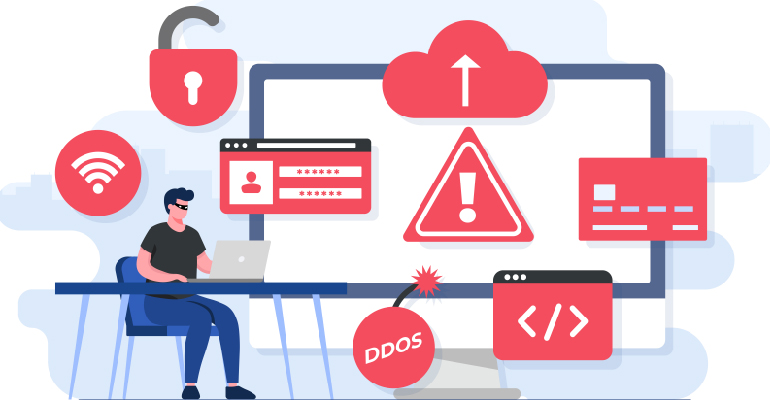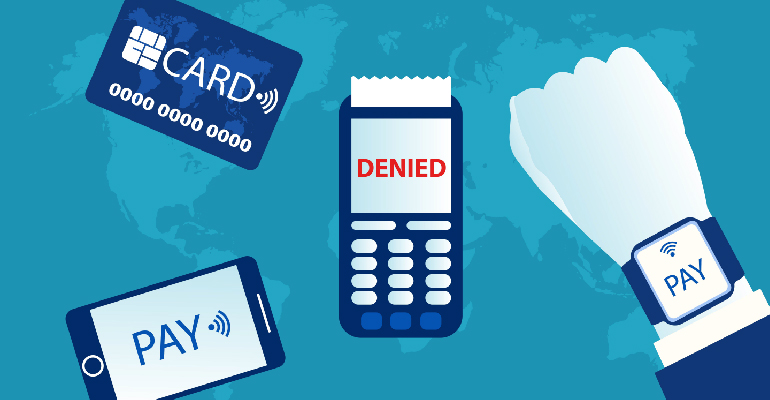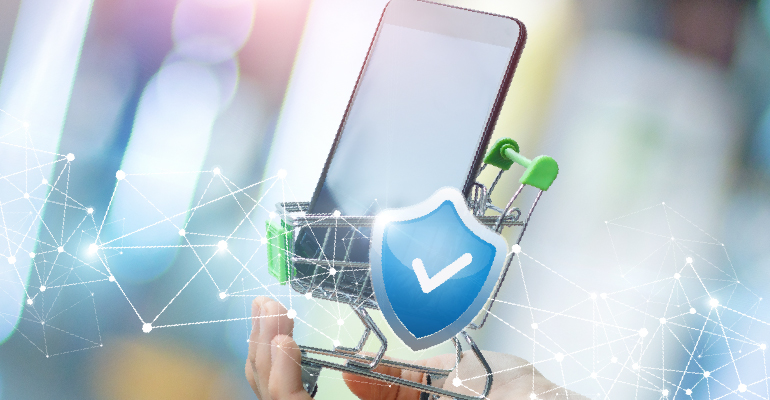The retail industry thrives on the secure handling of customer data and the smooth operation of IT systems. Unfortunately, these aspects make it a prime target for cybercriminals. From stealing sensitive data to disrupting daily operations, cyber threats can have a devastating impact on your business. This blog explores seven prevalent cybersecurity threats faced by retailers and provides actionable steps to safeguard your business assets and operations.
1. Ransomware

This malicious software encrypts your data, rendering it inaccessible until a ransom is paid. A ransomware attack on an online or in-store retailer might encrypt important data. This can have a number of issues, ranging from an e-commerce website being taken down to failing in-store Point of Sale (POS) purchases. Ransomware attacks can cripple your operations, preventing access to critical sales data, inventory management systems, and customer records.
Protecting Measures:
- Implement regular data backups stored securely offline or in the cloud.
- Educate employees on identifying phishing emails, the most common entry point for ransomware.
- Utilize endpoint detection and response (EDR) solutions to detect and isolate suspicious activity.
2. DDoS (Distributed Denial-of-Service) attack

The intent of a Distributed Denial of Service (DDoS) assault on retail is to prevent customers from accessing the targeted e-commerce website. For a user, the website can be sluggish, with product images not loading and an inoperable shopping cart.
The way this kind of attack operates is by generating hundreds of fake requests, which eventually overrun the person who is targeted. This attack bombards your website or network with an overwhelming amount of traffic, causing it to crash and become inaccessible to legitimate users.
Protecting Measures:
- Partner with a DDoS mitigation service provider to filter and block malicious traffic.
- Implement load balancing to distribute traffic across multiple servers.
- Develop a DDoS incident response plan to minimize downtime and impact.
3. Data Breach

A data breach exposes more than just the company’s proprietary information at danger. Retail websites hold customer’s personal and financial data. Cybercriminals frequently utilize phishing emails as a means of disseminating malware that steals login credentials, mailing addresses, and credit card details. eCommerce businesses nowadays should place a high premium on data security, particularly if they are employing Software as a Service (SaaS) and a cloud-hosted platform.
Protecting Measures:
- Enforce strong password policies and two-factor authentication for all customer accounts.
- Encrypt customer data at rest and in transit.
- Regular patch and update point-of-sale (PoS) systems and software.
4. Web skimming attack

A web skimming assault, which is the online equivalent of physical card skimming, mostly targets online retailers. Malicious JavaScript (JS) code is installed on browser-based payment sites by cybercriminals as a web skimmer. Fraudsters use various tactics to steal customer payment information online, including redirecting users to fake payment pages and introducing malicious code on legitimate websites to gather financial data.
Protecting Measures:
- Use a reputable payment gateway that adheres to Payment Card Industry Data Security Standards (PCI DSS) compliance.
- Implement regular website security scans to identify vulnerabilities.
- Utilize security certificates (SSL/TLS) to encrypt data transmission during checkout.
5. PoS and IoT device compromise

Point of Sale (POS) systems provide a bunch of opportunities for hackers to exploit these layered systems because they function by combining hardware, software, and cloud-based components. Cybercriminals make a huge amount of money by infecting connected systems with malware that they can use to collect financial data, run ransomware, and infect other systems. This is known as point-of-sale malware.
The usage of Internet of Things (IoT) devices in retail sales and payment transactions presents additional risks. Even though the majority of shops use IoT devices, many still need to create strong security protocols to guard against cyberattacks that specifically target IoT equipment. Since plenty of IoT devices monitor consumers’ past purchases, this information could be accessed by hackers. Alternatively, users may become prey to con artists who ask them to enter fake versions of Google Pay.
Protecting measures:
- Use secure PoS systems with robust encryption capabilities.
- Segment your network to isolate PoS systems from other devices.
- Regularly update firmware for all connected devices.
6. Insider threat

Cyber threats are not always external. The danger of manual data breaches, which are frequently linked to insider threats, is constant; according to a report by Information Week, the percentage of “manual data breaches” is as high as 35%.
The retail industry is especially vulnerable because of its significant personnel turnover and sensitive client data. Since these threats come from reputable sources with authorized access, they are difficult to identify and stop.
Protecting measures:
- Implement strong access controls and enforce the principle of least privilege.
- Conduct regular security awareness training for employees.
- Monitor employee activity and implement data loss prevention (DLP) solutions.
7. Supply chain attack

Supply chains seem to pose risks that a retailer cannot control. The weakest link in any chain will always be the cause of the issue; and if your cybersecurity plan is strong, the weakest link is probably somewhere else. As a result, conventional cybersecurity defenses are essentially ineffective. While supply chain security is unquestionably more difficult, there are still ways to reduce the risk that a store faces.
Protecting measures:
- Conduct due diligence and ensure your vendors have adequate cybersecurity measures in place.
- Limit access to your network for third-party providers.
- Include security clauses in contracts with vendors to ensure data protection.
Staying ahead of cyber threats requires a proactive approach. Retailers must prioritize cybersecurity measures and invest in building a robust defense strategy. Here at StrongBox IT, we understand the unique challenges faced by the retail industry. We offer a comprehensive suite of cybersecurity solutions, including vulnerability assessments, penetration testing, managed security services, security awareness training, and industry-specific compliance consulting.
We’re excited to announce that StrongboxIT has been added to the DesignRush directory, a leading platform connecting businesses with top-rated agencies. This recognition validates our dedication to providing exceptional cybersecurity solutions





